Abundance: uncommon
What: Leaves, tubers
How: leaves cooked, tubers raw or cooked
Where: Sunny areas, ditches, abandoned yards, dry sandy fields
When: All year though tubers are hard to find in the winter without the flowers marking the spot.
Nutritional Value: carbohydrates in tubers
Wine Cup flower
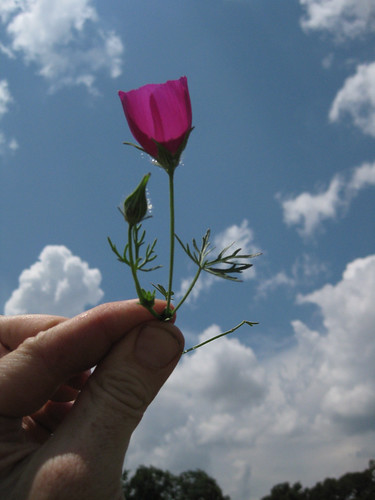
Close-up of flower
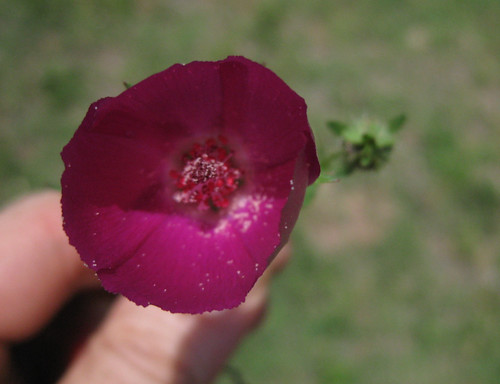
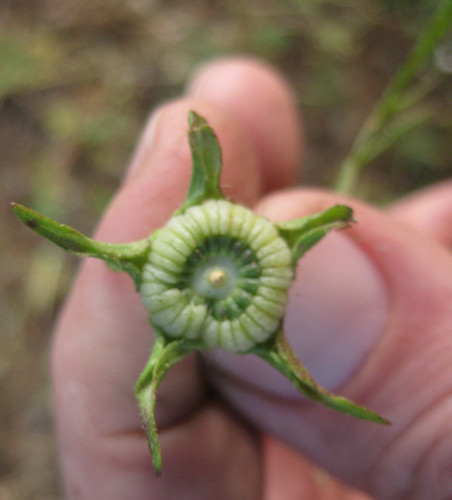
Whole plant in Spring
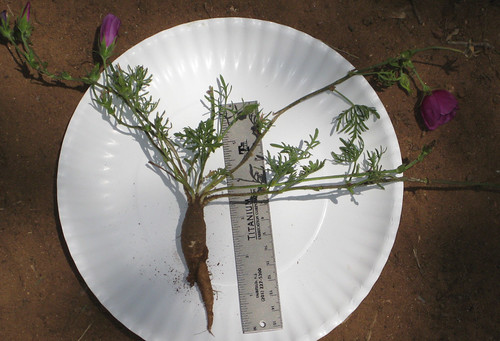
Plant in Fall/Winter
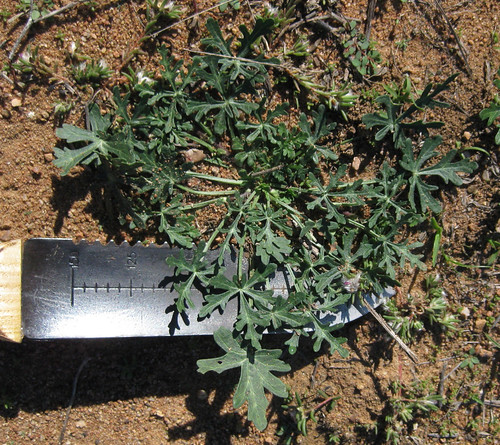
Whole plant in Fall/Winter
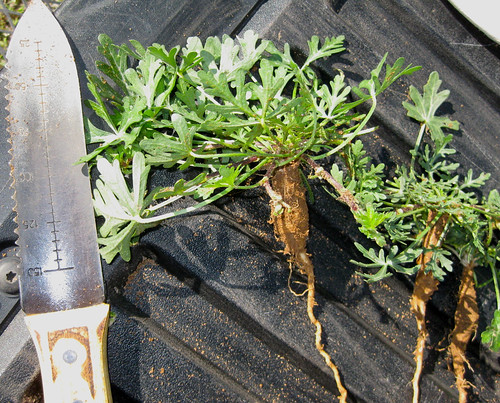

Texas distribution, attributed to U. S. Department of Agriculture. The marked counties are guidelines only. Plants may appear in other counties, especially if used in landscaping.
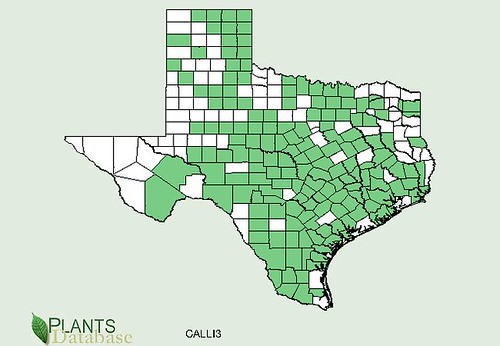
North American distribution, attributed to U. S. Department of Agriculture.
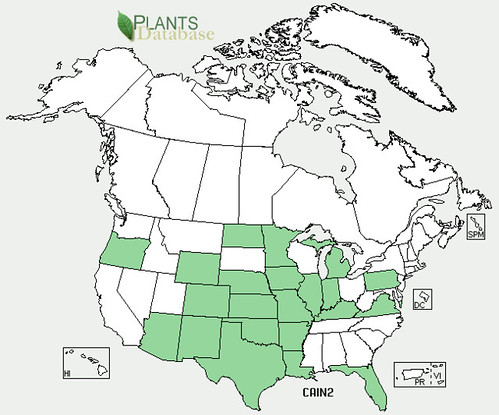
Wine cup tubers can be found in dry, sandy fields, especially in the Texas Hill Country. The leaves are best cooked where their okra-like tendencies can be used to thicken stews. The tubers taste like sweet potatoes and can be eaten raw or cooked. The tubers are biggest in the winter, but are very hard to find then without the wine cup flower showing their location.
The long, almost vine-like stems of wine cups grow in a rosette centered on the tuber. These tubers are covered in fine, delicate roots that often get damaged while digging up the tuber, rendering them unable to survive transplanting. If you dig it you have to eat it, otherwise you're wasting it.
Buy my book! Outdoor Adventure Guides Foraging covers 70 of North America's tastiest and easy to find wild edibles shown with the same big pictures as here on the Foraging Texas website.


